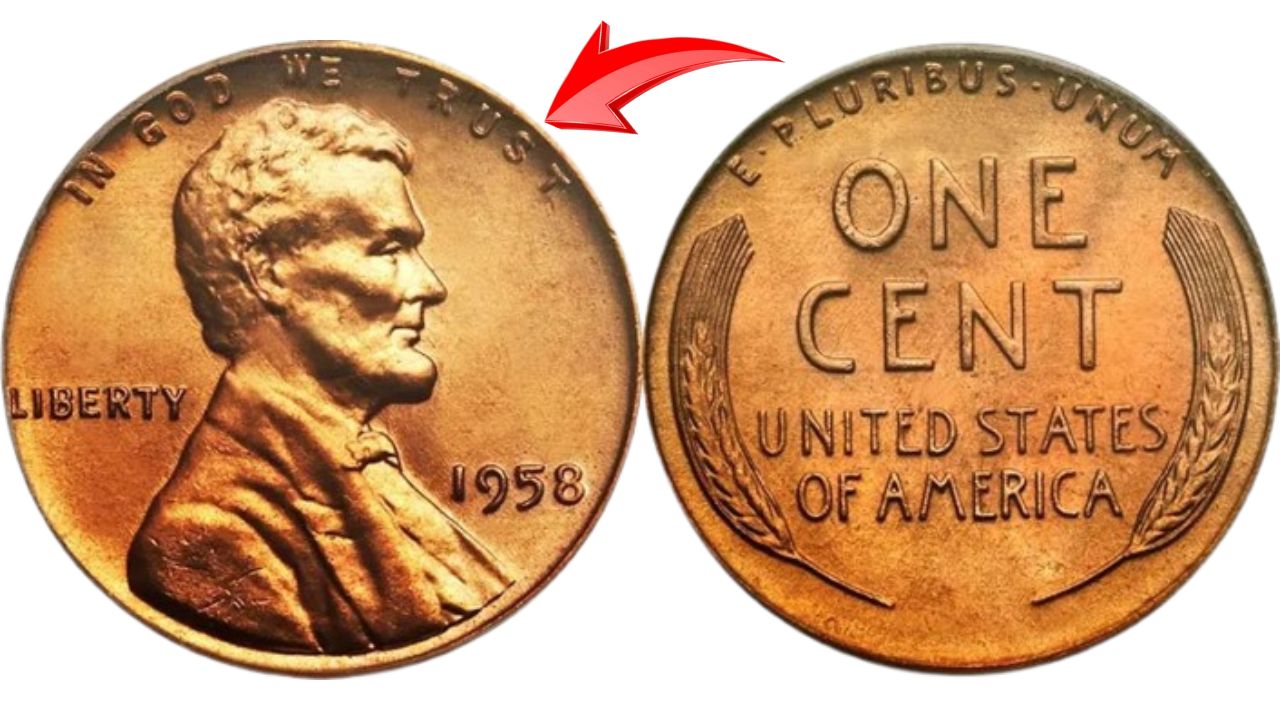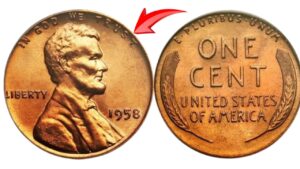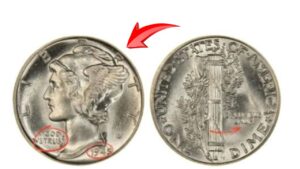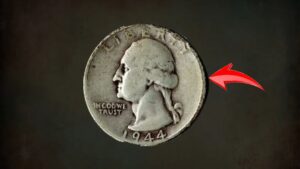The humble Lincoln Cent, often overlooked in everyday change, holds a rich legacy that spans more than a century. First issued in 1909 to honor President Abraham Lincoln’s 100th birthday, it was the first U.S. coin to feature a real person and has since become a staple in both American currency and numismatic history. But beyond its widespread use, certain Lincoln Cents carry significant value due to minting errors, historical anomalies, and rare production runs.
Let’s explore what makes these pennies so collectible, how to identify valuable varieties, and what to do if you think you’ve got one in your pocket.
Lincoln Cents Worth More Than a Penny
While billions of Lincoln Cents have been struck over the years, a select few are worth thousands—or even tens of thousands—of dollars. The table below highlights some of the most valuable finds.
| Year | Mint Mark | Error Type / Feature | Estimated Value |
|---|---|---|---|
| 1909 | S V.D.B. | Designer initials on reverse | $600 – $2,000 |
| 1943 | None | Struck on copper instead of steel | $40,000 – $100,000 |
| 1955 | None | Doubled die obverse | $1,000 – $1,800 |
| 1972 | None | Doubled die obverse | $200 – $300 |
| 1992 | None | Close AM reverse spacing | $1,500 – $3,000 |
| 1944 | D/S | Mint mark overstrike | $75 – $200 |
| 1983 | None | Doubled die reverse | $250 – $400 |
What Makes These Coins Valuable?
- Rarity: Limited mintage or errors make certain cents hard to find.
- Minting Errors: Mistakes like double dies, misaligned strikes, or wrong planchets are highly collectible.
- Condition: Coins in Mint State (MS-60 or higher) are worth significantly more.
How to Identify a Rare Lincoln Cent
Even if you’re not a professional numismatist, identifying a rare Lincoln Cent is possible with some attention to detail.
Use the Right Tools
- Magnifying glass or jeweler’s loupe for fine details.
- Digital scale to detect weight anomalies (useful for identifying 1943 copper cents).
- Reference guides or apps to match known errors.
What to Look For
- Date and Mint Mark: Key years like 1909, 1943, and 1955 are crucial.
- Design Anomalies: Look for doubling, misplaced lettering, or reverse design spacing (like the 1992 Close AM).
- Metal Composition: In wartime years like 1943 and 1944, some coins were struck in the wrong metal.
Understanding Coin Grading
Grading determines the condition and market value of a coin. The Sheldon Scale (1–70) is used by professionals:
| Grade | Description | Value Impact |
|---|---|---|
| G-4 | Good (heavily worn) | Low |
| F-12 | Fine (clear details) | Moderate |
| VF-20 | Very Fine | Higher |
| EF-40 | Extremely Fine | Significant |
| AU-50 | About Uncirculated | High |
| MS-65 | Mint State | Very High |
A 1955 doubled die in MS-65 condition could be worth four times as much as one in VF-20.
Where to Sell Rare Lincoln Cents
When you’re ready to cash in, here are your best options:
- Coin Shows: Great for face-to-face sales and connecting with serious collectors.
- Online Platforms: eBay, Heritage Auctions, and Stack’s Bowers offer global reach.
- Local Coin Dealers: Offer convenience and on-the-spot appraisals.
- Coin Forums: Communities like CoinTalk or Reddit’s r/coins can offer advice, values, and potential buyers.
Tip: Always have rare coins graded and certified by a professional service like PCGS or NGC before selling for top dollar.
Protecting Your Collection
Even the most valuable coin can lose value if not properly stored. Follow these best practices:
- Use acid-free holders or certified coin slabs.
- Avoid handling coins directly—use cotton gloves.
- Never clean a coin; it can reduce its value by up to 90%.
- Store in a cool, dry, and dark place to avoid corrosion.
- Consider insurance for collections worth several thousand dollars or more.
The Lincoln Cent’s Historical Legacy
The Lincoln Cent reflects over a century of American history—from the wheat design of 1909–1958 to the Lincoln Memorial (1959–2008) and now the Union Shield (since 2010). It has been struck in bronze, steel, and copper-plated zinc, each metal choice telling a story about its era.
As both a historical artifact and a collector’s item, the Lincoln Cent offers a fascinating window into the past—and a potential windfall in the present.
FAQs
What makes the 1943 Lincoln Cent so rare?
Most 1943 cents were made from steel. A few were accidentally struck in copper—those are the valuable ones.
Where’s the best place to get my coin graded?
Trusted services include PCGS and NGC. They offer authentication and assign a professional grade.



